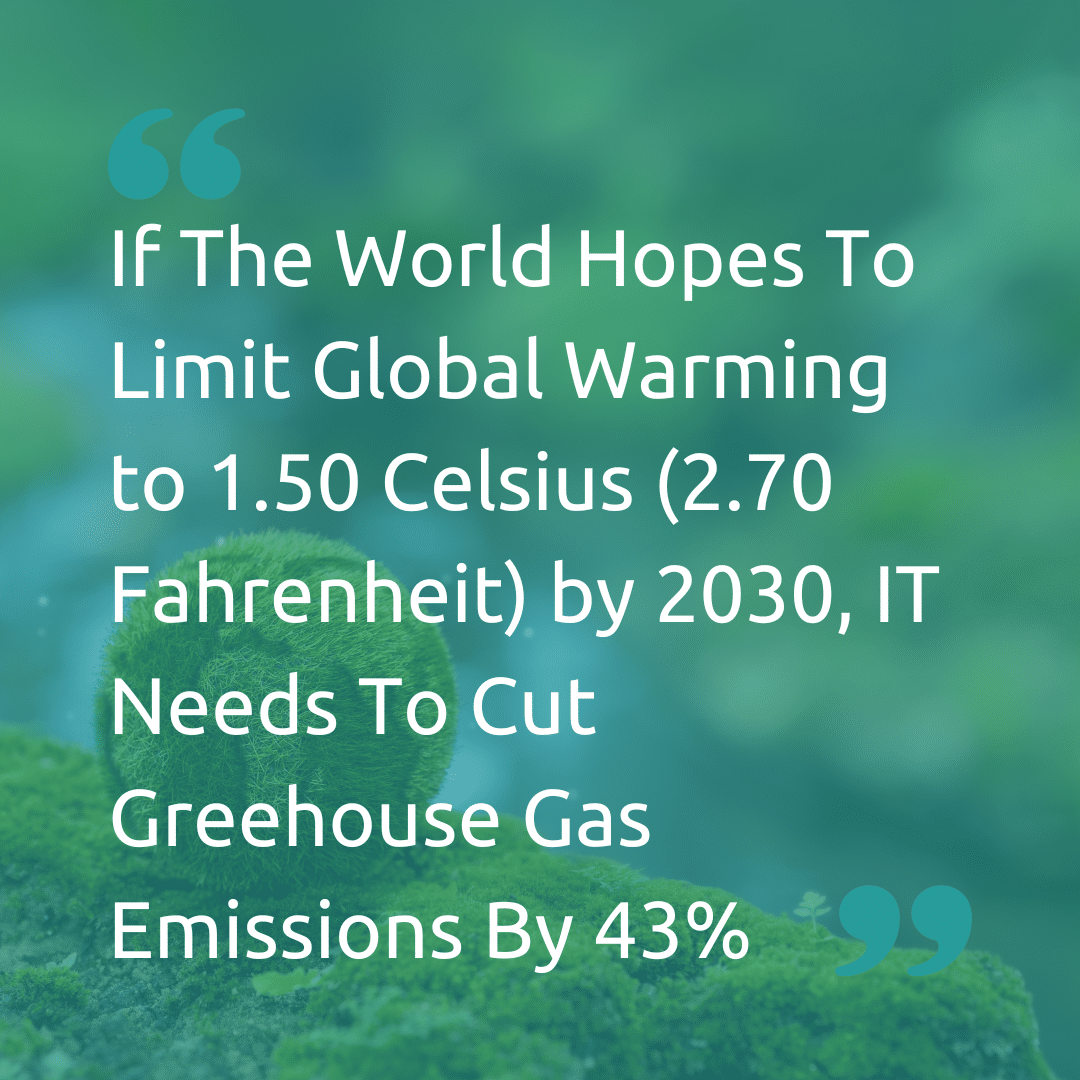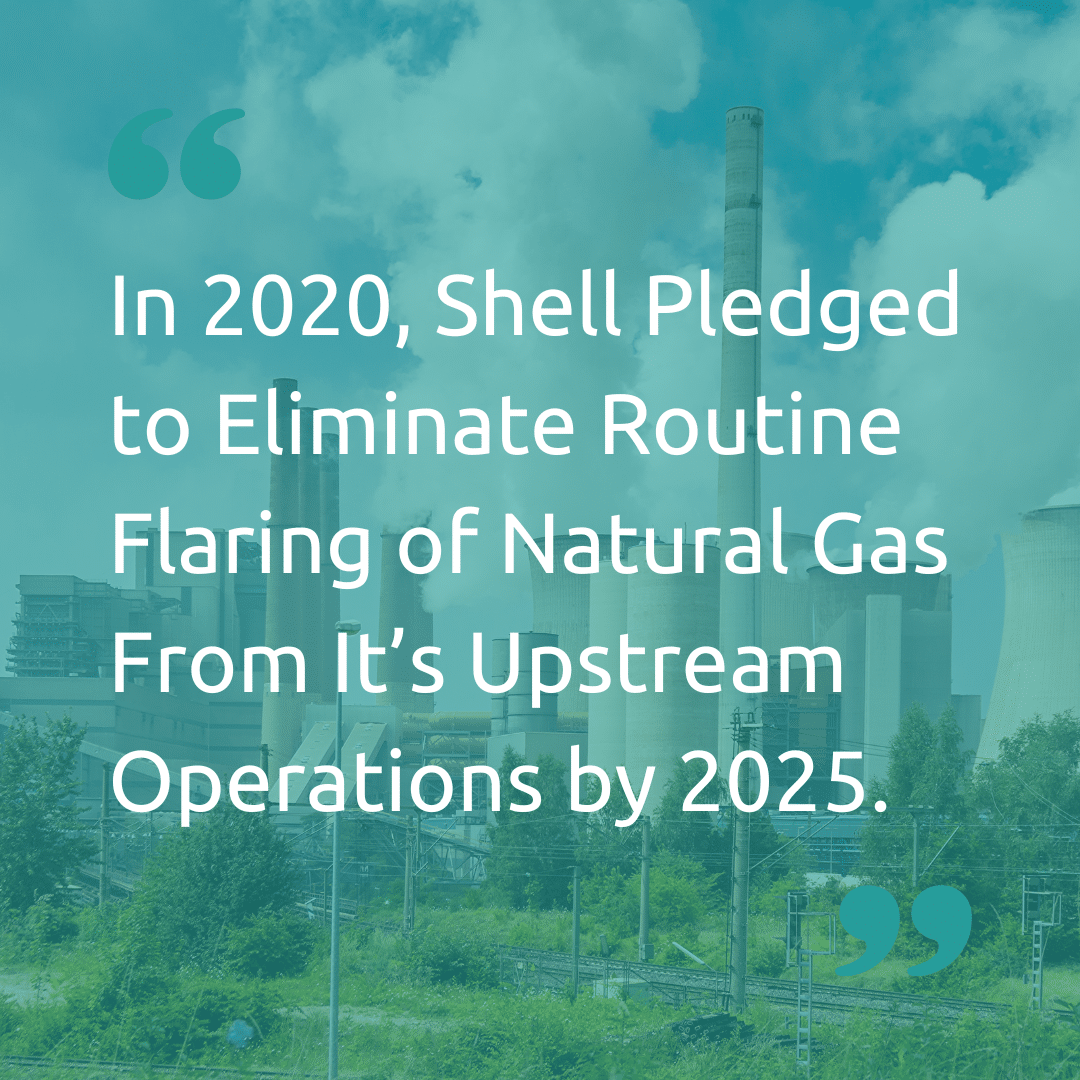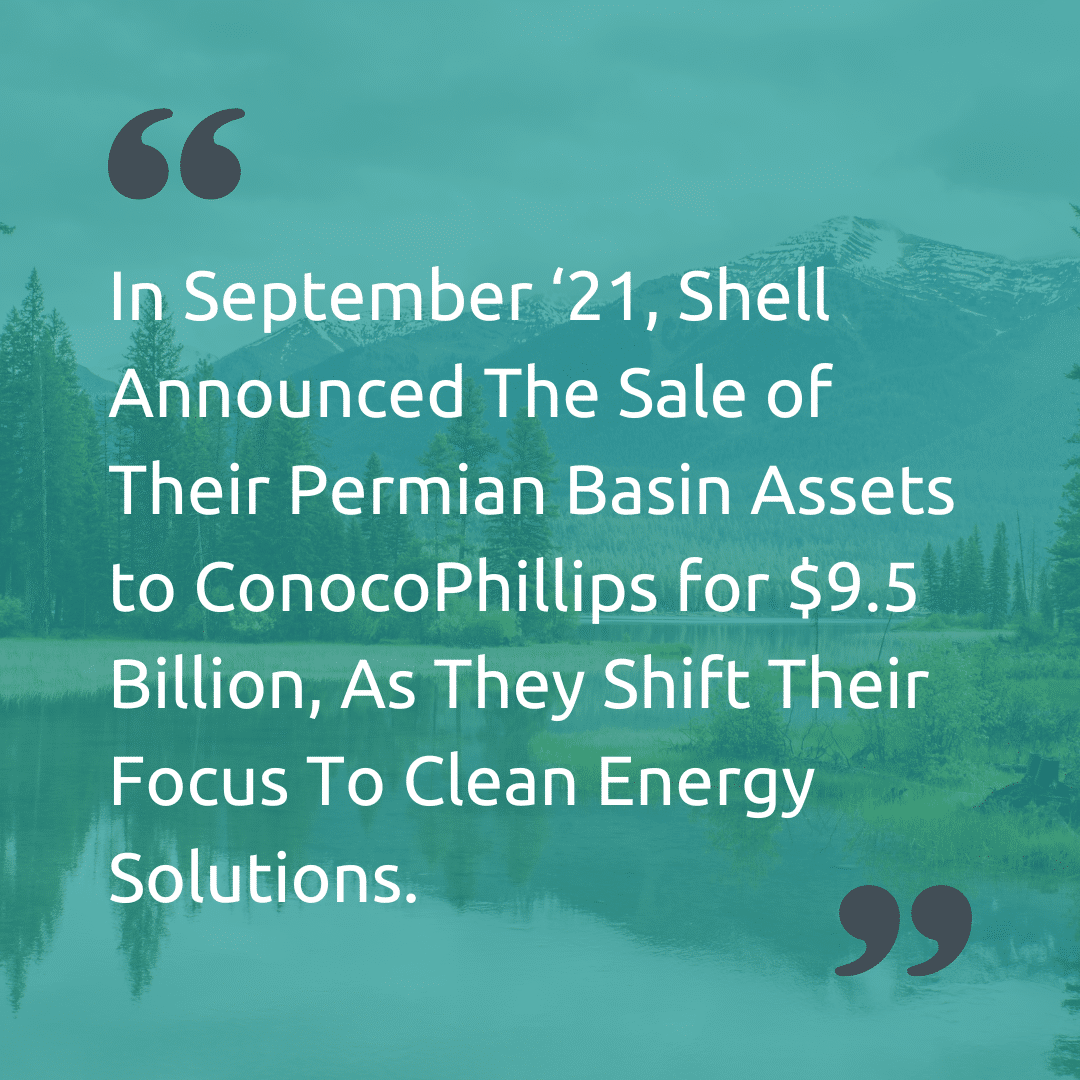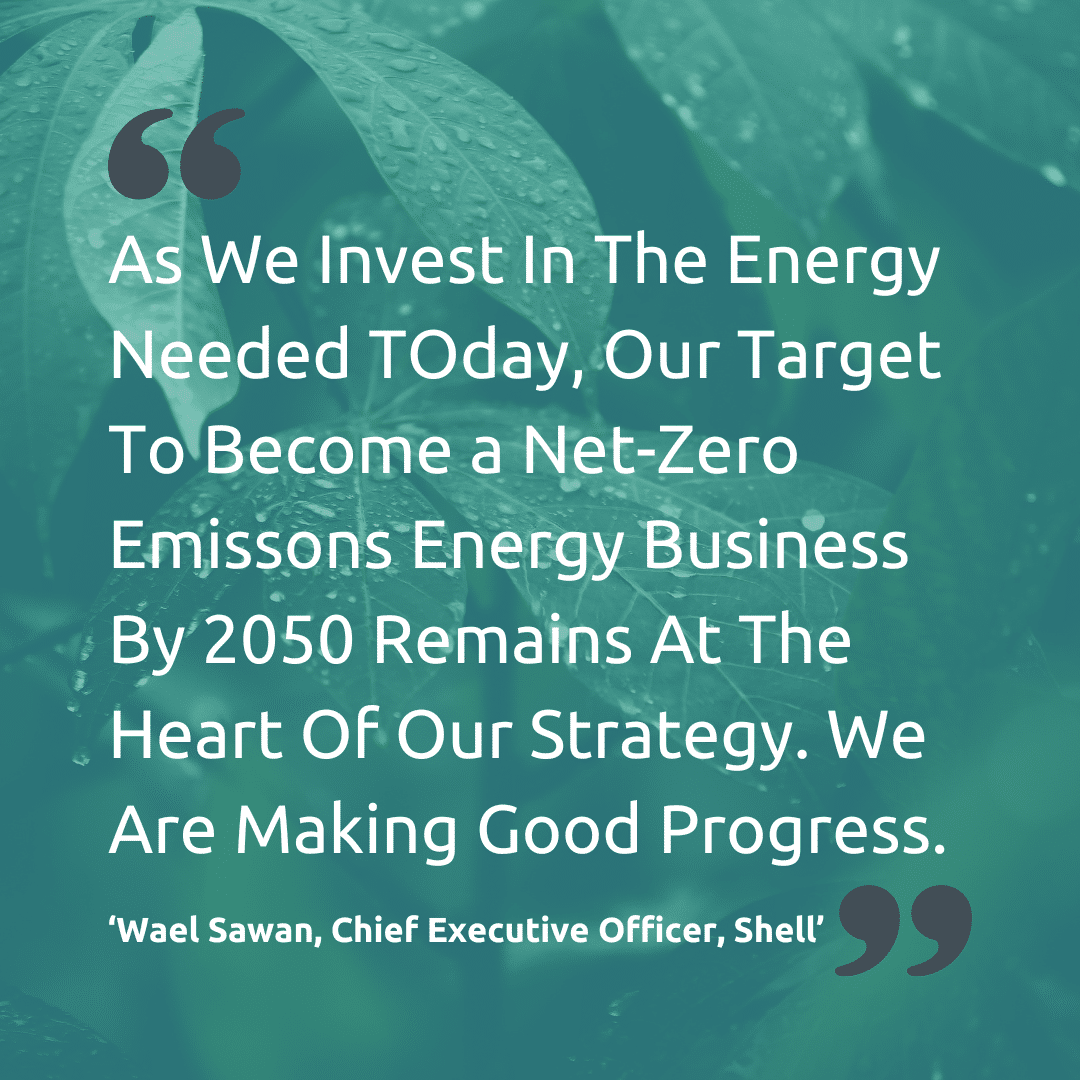About a decade ago until 2018, the first phase of net zero target-setting and implementation was established. It was about principles. Following 2018, a growing number of countries, sub-national governments, cities, and companies have set clear net-zero targets. It was about pledges. The world is now in the third phase, which is delivery.
Until the end of 2022, entities could still assert credibility of their net-zero plans despite lacking specific elements. However, after a report was released in 2022 by UN Secretary-General Antonio Guterres’ High-Level Expert Group on net-zero commitments of non-state entities (UN Expert Group), there was a notable shift in the net-zero landscape. It was emphasized that a goal or target-setting now needs to be supported by a credible plan, like having regular interim targets beginning in 2025 or committing to end fossil fuel use and adopt renewable energy.

The idea behind net-zero goals is to prevent carbon emissions or remove an equivalent amount of planet-warming gas through natural or technological means. Scientists and experts have said that if the world hopes to limit global warming to 1.5o Celsius (2.7o Fahrenheit) by 2030, it needs to cut greenhouse gas emissions by 43%.
Where is energy company Shell in its carbon-neutral makeover? Let’s find out.
Shell’s Net-Zero Strategy
Shell unveiled in 2020 an ambitious goal to cut emissions by 50% by 2030 and become a net-zero carbon company by 2050. The company plans to achieve this by selling more green energy to help reduce the carbon intensity of its business.

The company also pledged to eliminate routine flaring of natural gas from its upstream operations by 2025. Routine flaring of natural gas generates carbon emissions. By 2025, Shell said it wants to maintain methane emissions intensity below 0.2% and achieve near-zero methane emissions by 2030. A reduction in methane emission rate of 1 ton per year is equivalent to a one-off negative emission of around 3000 tons of carbon dioxide (CO2), the University of Reading explained.
To measure emissions by intensity, it means an organization can technically increase its fossil output and overall emissions while using offsets or adding, to its product mix, renewable energy or biofuels.
At the height of the pandemic in 2020, Shell’s then-chief executive Ben van Beurden said the company must focus on the long term, even at a “time of immediate challenge.” He then added that society’s expectations have shifted quickly in the debate around climate change. In May 2021, the Hague District Court, ordered Shell to reduce its emissions across all activities, including both its own emissions and end-use emissions, by 45% by 2030.
Under the Shell’s new CEO Wael Sawan, who stepped into the role in 2022, a new strategy was announced, stating an intention to create more value for shareholders. Sawan reiterated the company’s long-term net-zero target, in place for 2050, but confirmed a change in strategy to maintain current levels of liquid fuel production through to 2030. According to the company, this was taken to “achieve cash flow longevity” from its established upstream fossil fuel operations.
The journey to net-zero
To decarbonize its operations, Shell said it is:
- making portfolio changes such as acquisitions and investments in new, lower-carbon energy solutions
- decommissioning and divesting assets and reducing its production through the natural decline of existing oil and gas fields
- improving the energy efficiency of its operations
- transforming its remaining integrated refineries into low-carbon energy and chemicals parks, which involves decommissioning plants
- using more renewable electricity to power its operations
- developing carbon capture and storage for its facilities
- reducing methane emissions

In September 2021, the energy giant announced it was selling the entirety of its Permian Basin assets in West Texas to ConocoPhillips for $9.5 billion, accelerating the consolidation of the largest oil patch in the US, as the company shifts its focus to clean energy solutions.
The sale, which was closed in the fourth quarter of 2021, marked Shell’s complete withdrawal from onshore production in the US state. The company, however, still maintains its offshore production in the area. The West Texas Permian Basin assets span roughly 225,000 net acres with current production of about 175,000 barrels per day.
Shell’s move came as the oil sector faced increasing pressure to invest in renewable energy and lower its carbon emissions to combat climate change.
On September 16, 2021 the company announced it will build an 820,000-tons-a-year biofuels facility at the Shell Energy and Chemicals Park Rotterdam, the Netherlands, formerly known as the Pernis refinery. Once completed, Shell said the facility will be among the biggest in Europe to produce sustainable aviation fuel and renewable diesel made from waste.
By the end of 2022, Shell, considered as one of Europe’s biggest energy companies, said it was able to reduce emissions from its operations by 30% compared to 2016. It was also able to keep methane emissions intensity below 0.2% in 2022, stating that its overall methane emissions intensity was 0.05% for facilities with marketing gas and 0.01% for facilities without marketing gas.
Shell’s recent statement
Sawan said in a recent statement that they have also made progress in supporting their customers in reducing their own emissions, with further investments in wind, solar, biofuels, hydrogen, electric vehicle charging, carbon capture and storage and nature-based solutions.

He cited as examples, winning bids with the company’s partners to build four offshore wind farms in Europe and the US, which together have the potential to generate 7.3 gigawatts (GW) of power, the acquisition of Indian solar developer Sprng Energy, and the completion last year of the acquisition of Nature Energy of Denmark, Europe’s biggest producer of renewable natural gas made from agricultural, industrial and household waste. Shell also acquired solar provider Daystar Power, which provides reliable power to commercial and industrial customers.
“As we invest in the energy needed today, our target to become a net-zero emissions energy business by 2050 remains at the heart of our strategy. We are making good progress,” Sawan said.
Join Forces for Change: Partnering for a Greener Future
As a renewable energy recruitment business, we understand the critical role individuals and organizations play in shaping a sustainable future. Together, we can make a tangible difference in accelerating the transition to clean energy and combating climate change.
Are you looking to grow expertise in your renewable energy team? Reach out to Jo to discuss our varied staffing solutions.
Alternatively, if you’re looking to take the next step in your career, take a look at our latest renewable energy vacancies.





